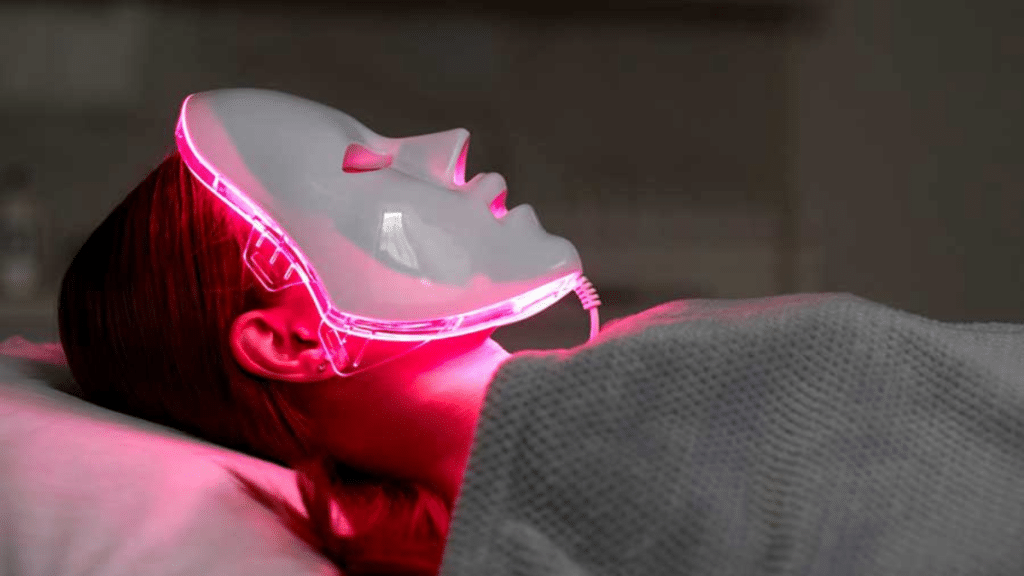Red light therapy has gained serious traction as a skincare solution that delivers results without the need for needles, downtime, or harsh ingredients. Whether you are looking to reduce wrinkles, clear breakouts, or simply support healthier skin, chances are you have considered trying it. But the big question many people ask is this: Should you invest in a home device or stick with professional treatments at a clinic?
In this guide, we break down the key differences between home and clinical red light therapy devices and help you decide which option makes the most sense for your skin and lifestyle.
Light Intensity and Wavelengths
One of the main differences between professional and home-use red light therapy is the strength of the light. Clinical devices often have higher power output and more diodes, which means they can deliver light energy more intensely and in a shorter period of time.
That said, higher intensity is not always better, especially for regular use. Many at-home devices use lower power settings that are safe for frequent sessions, allowing for consistent stimulation without risking overexposure or skin irritation. The key wavelengths used for skin benefits typically fall in the red and near-infrared range, regardless of device type. These penetrate the skin to boost collagen, improve circulation, and reduce inflammation.
Coverage Area and Treatment Time
Clinic-based devices are usually larger and designed to treat the full face, neck or body at once, making sessions quicker. In contrast, some home devices treat smaller areas and may require longer or more frequent sessions to achieve similar results.
However, today’s top-tier at-home options have evolved. Many now feature flexible, full-face masks or panels that offer wide coverage and even light distribution. While a session at home might take a few extra minutes, the ability to treat yourself several times a week without leaving your house is a major convenience.
Frequency of Use and Long-Term Benefits
Consistency is where home devices often win. In a clinic, you may go in once a week for a treatment. With a home device, you can treat your skin three to five times per week. Because red light therapy delivers cumulative results over time, more frequent use often translates into better long-term improvements.
This flexibility can also make it easier to treat flare-ups, recover from cosmetic procedures, or simply maintain your results. When red light therapy is part of your weekly routine, your skin gets the ongoing support it needs to stay balanced and healthy.
Cost and Accessibility
There is no denying that professional treatments can be pricey. A single clinic session can cost as much as a high-quality at-home device. If you are planning to use red light therapy for the long haul, investing in your own device can quickly become more cost-effective.
At-home use also removes the need to book appointments, travel to a clinic or work around someone else’s schedule. For people with busy lifestyles or those who prefer privacy, that flexibility is a game-changer.
Which Option Is Right for You?
If you are dealing with a severe skin issue or want immediate results for a special occasion, a few sessions at a clinic might be worthwhile. On the other hand, if you are looking to support your skin’s health over time with a consistent, easy-to-maintain routine, an at-home device is a smart investment.
The bottom line is that both approaches work. It simply depends on your goals, budget and how hands-on you want to be.
Final Thoughts
Red light therapy offers real skin benefits, and you do not need to visit a clinic to experience them. With the right device, you can enjoy the convenience of regular treatments from the comfort of your own home.
If you are considering taking the next step, explore a trusted red light therapy mask designed for safe, effective at-home use. It might just become the most powerful part of your skincare routine.
